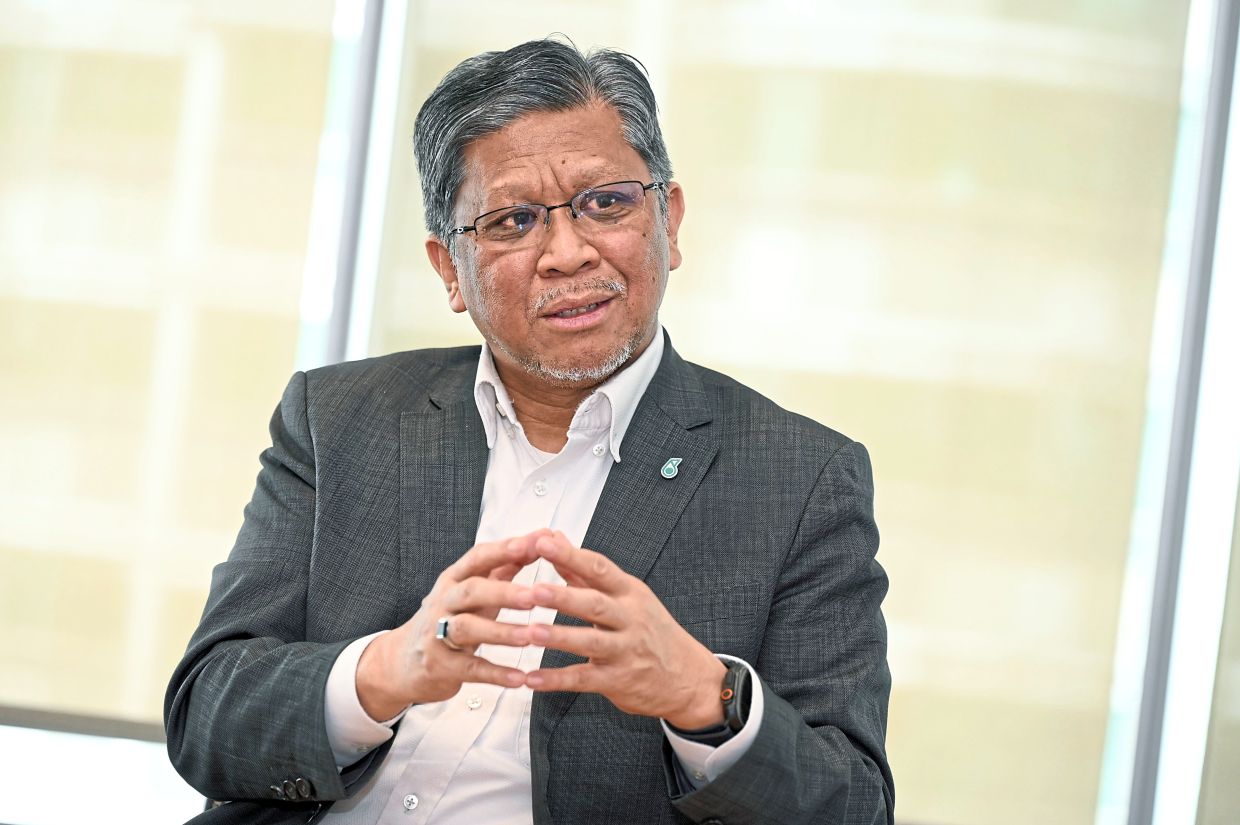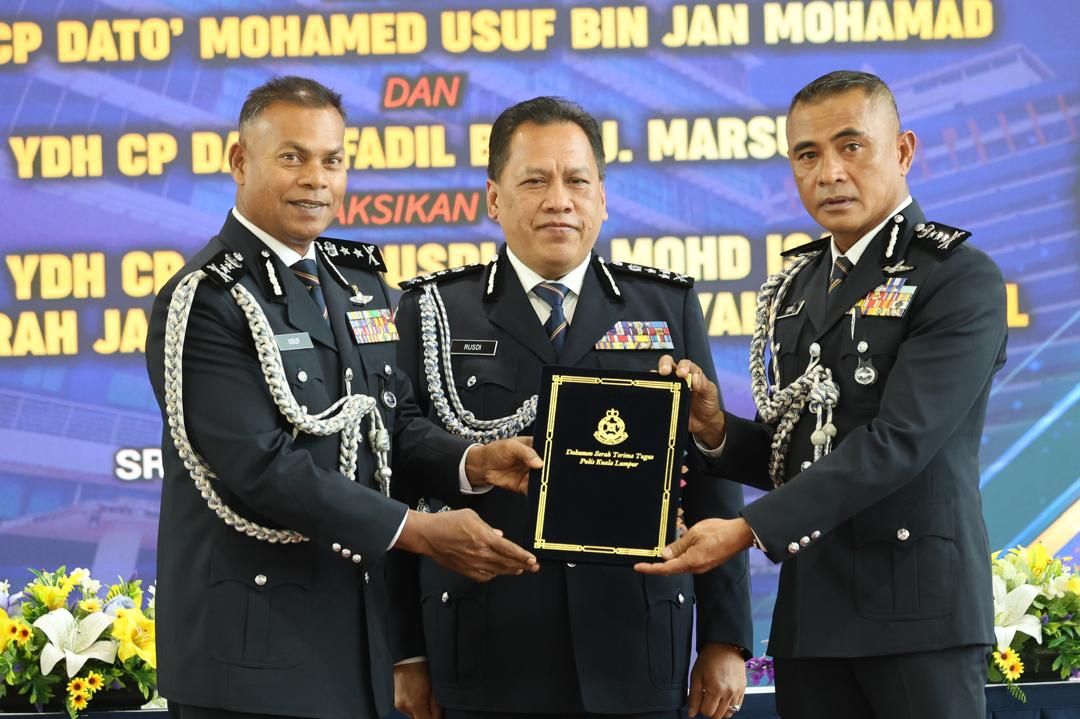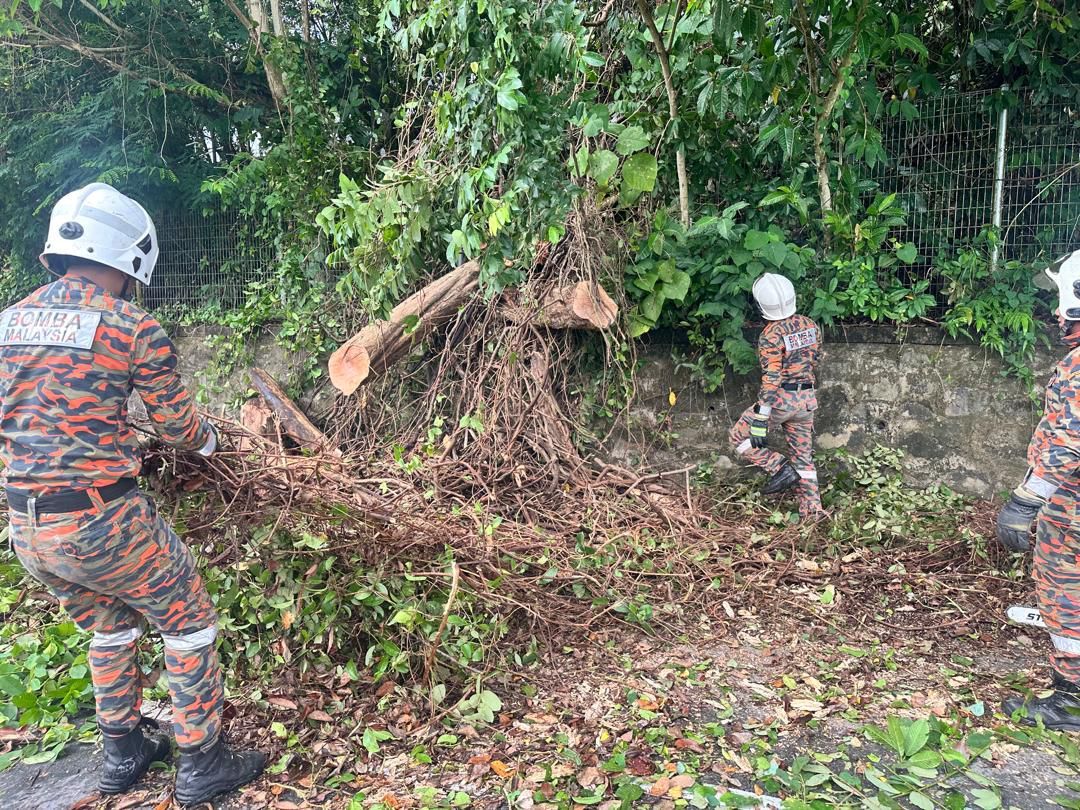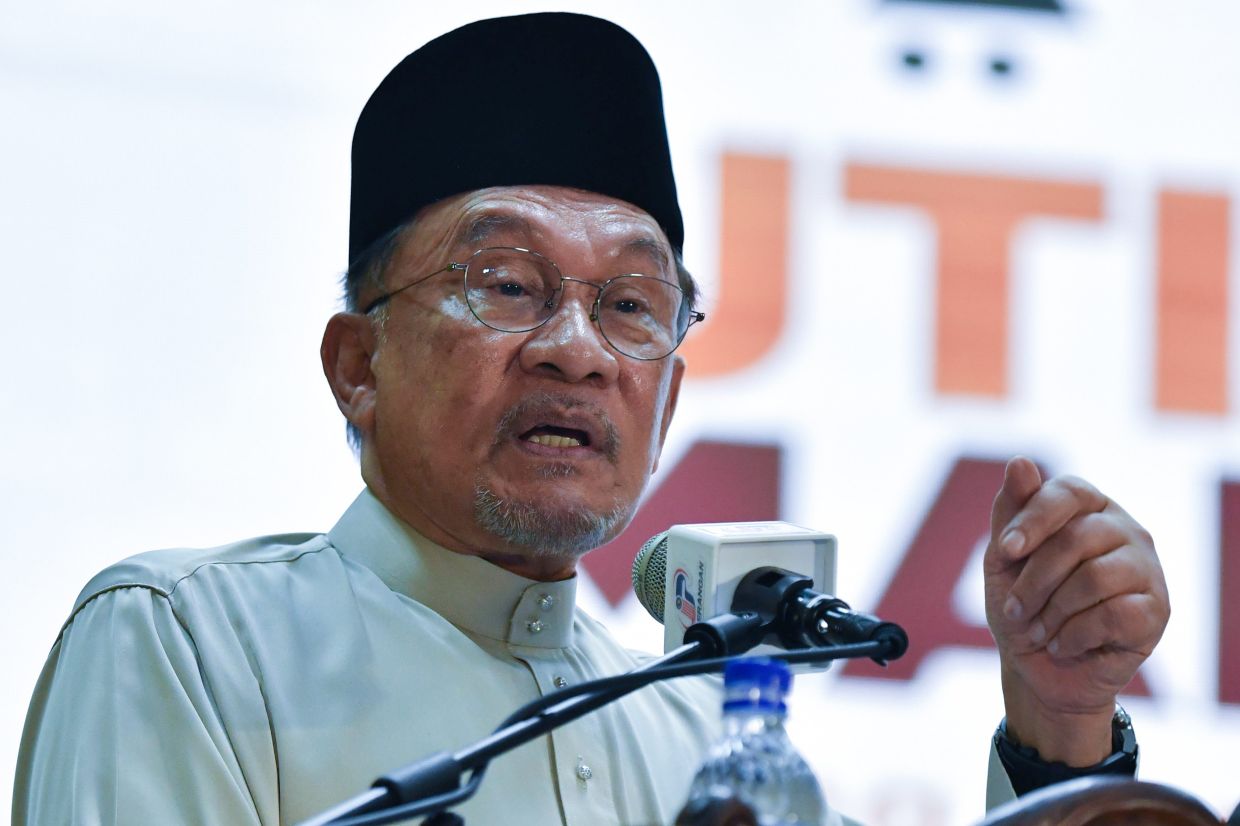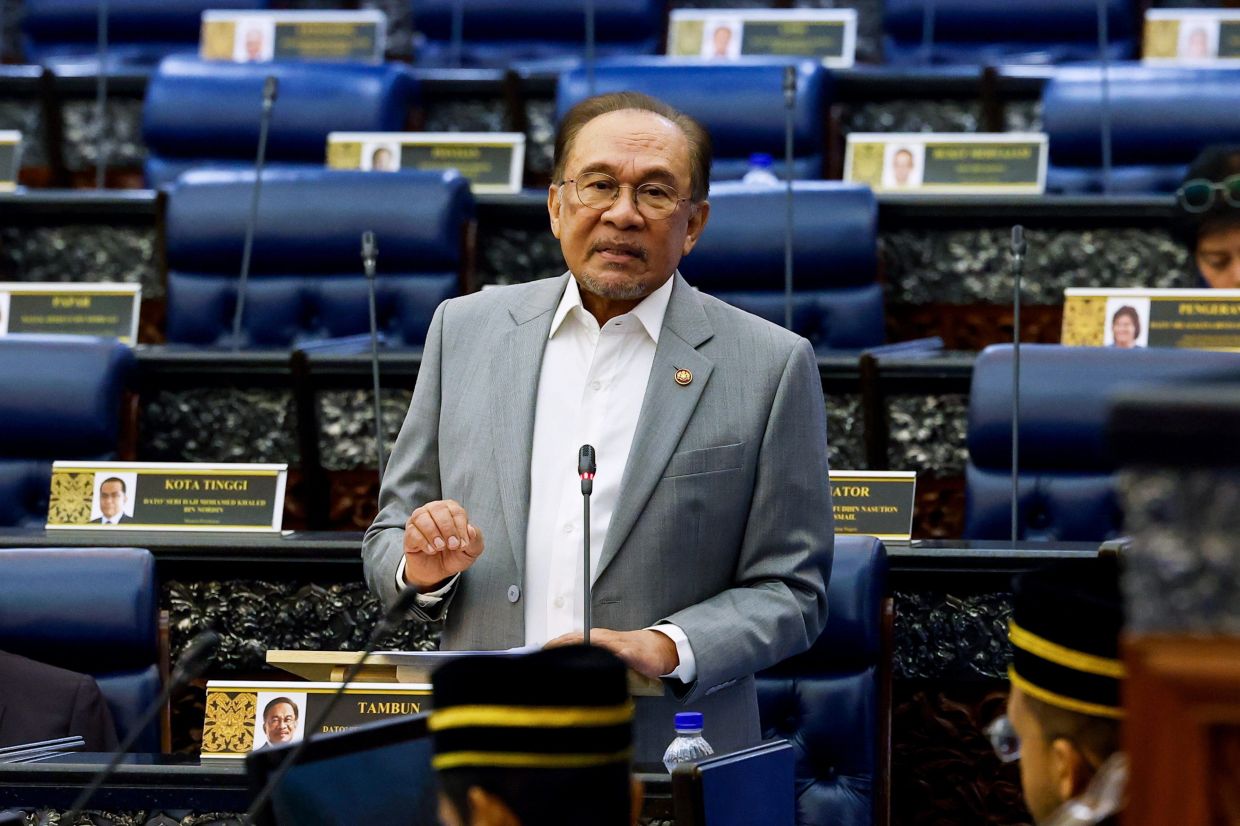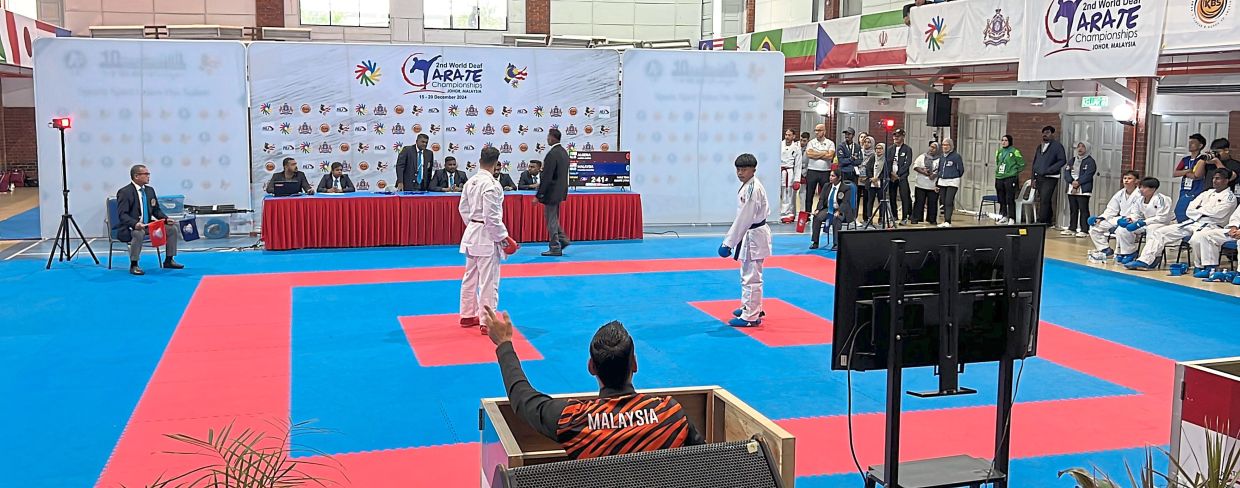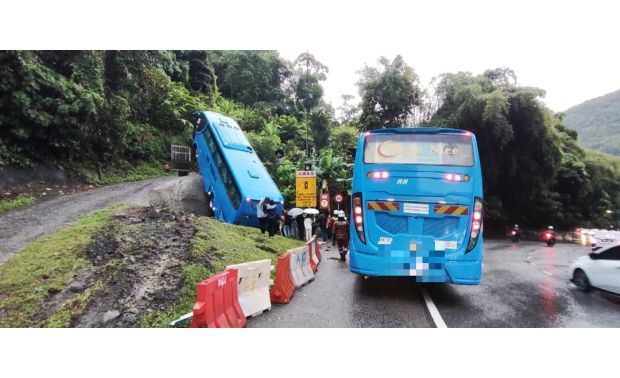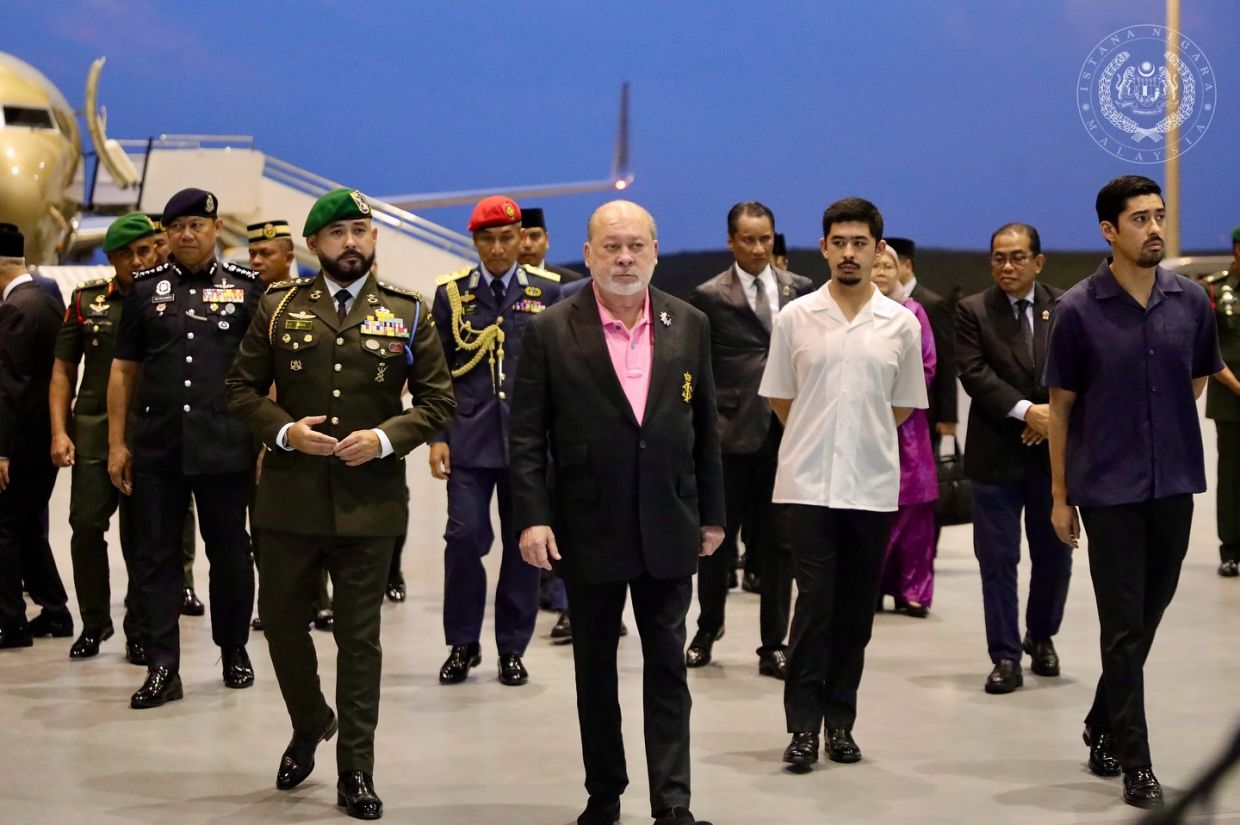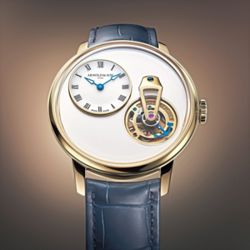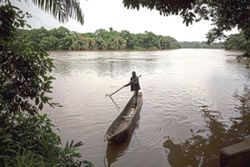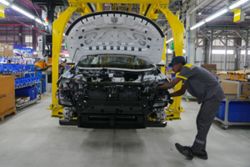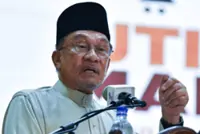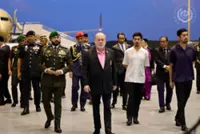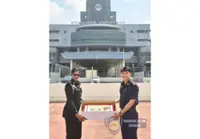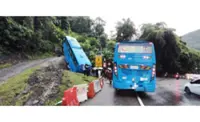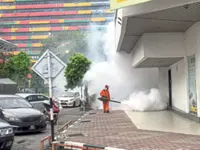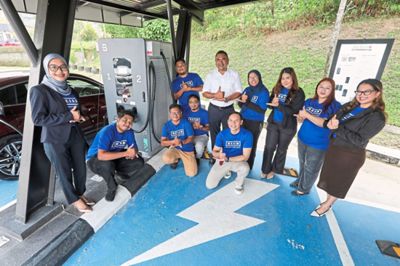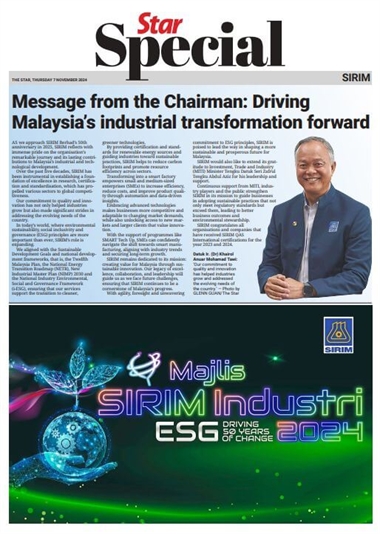
Flexible operations: There are currently three runways serving specific purposes at KLIA – one for landing, one for departure and another for both. Under the HIRO procedure, all three can be used simultaneously.
KUALA LUMPUR: Beginning next year, faster take-off and landing can be expected for planes using the Kuala Lumpur International Airport (KLIA), with plans to fully utilise all three available runways currently underway, says the Civil Aviation Authority of Malaysia (CAAM).
This comes with the implementation of the High-Intensity Runway Operations (HIRO) procedure with the trial run having begun on Thursday, according to CAAM chief executive officer Datuk Capt Norazman Mahmud.
He said there are currently three runways serving specific purposes at KLIA – one for landing, one for departure and another for both.
“But under HIRO, we can use all three simultaneously. We want to make full use of the infrastructure,” he said during a media luncheon here yesterday.
He added that HIRO also allows planes to reach passenger gates faster.
“KLIA is big and sometimes you are on one side and the take-off lane is right on the other side.
“If we can use the runway closest to them, it could only take five minutes for the plane to reach the take-off lane.
“However, we still have some details to iron out like the parking space, alongside more data collection,” he added.
Norazman said remote air traffic control centres are also among CAAM’s plans which are to be introduced for Penang and Johor airports next year.
He explained that remote towers would see personnel stationed at consolidated air traffic control centres at separate locations, as opposed to physically being at airports.
“The ultimate goal is to implement the remote towers nationwide in stages,” he said, adding that it will not be applicable for KLIA owing to its high traffic.
For airports in the peninsula apart from KLIA, he said their remote air traffic centres will be located within the KLIA complex.
For those in Sabah, it will be located in Kota Kinabalu while the centre for airports in Sarawak will be in Kuching.
He added that the remote tower system was already being applied at the London City Airport, where the controllers are stationed at the centre in Swanick.
On how remote towers work, Norazman said there will be screens in the consolidated centres displaying the various runways.
The screens too, will have a zoom feature, allowing the controllers to view incoming aircraft.
“All aircraft and airport layouts are marked. If we want to close an exit way, we can mark it too whereby if any aircraft approaches, a warning message will appear,” he added.
Another advantage, he said, is that it will be cheaper to build and maintain remote towers compared to conventional ones.
“We will also save on manpower as traffic controllers will be at designated centres instead of having to be posted to airports across the country.
“They can access the different tower viewpoints from separate rooms,” he said.
He said the transition from conventional towers to remote ones will gradually take place whenever conventional towers are set for renewal.
“At the same time, we will be developing the consolidated centres,” he added.



